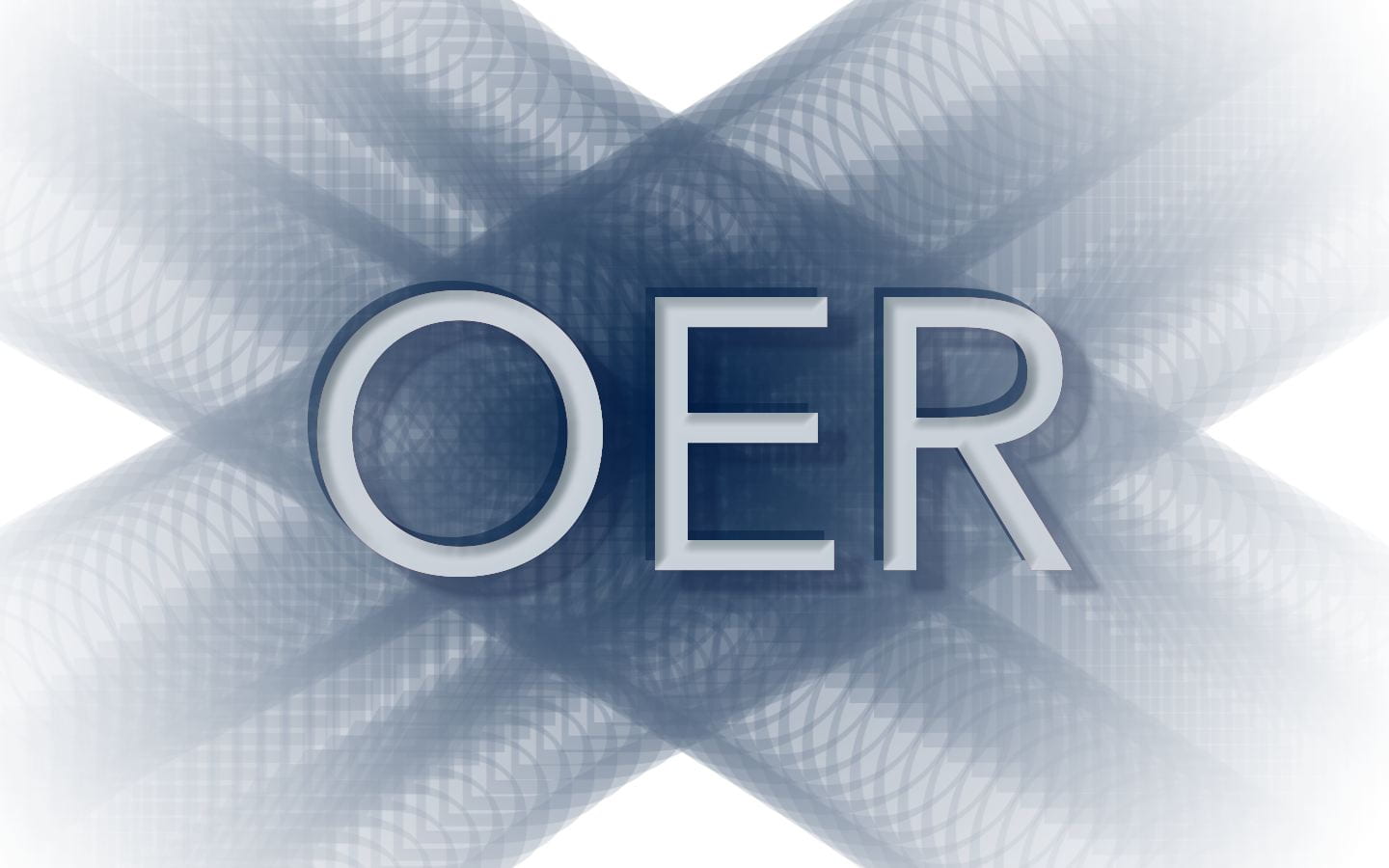Did You Know…?
- According to the Chronicle of Higher Education,, 7 in 10 students didn’t purchase a textbook because it was too expensive.
- One in five college students has skipped or deferred a class due to the price of the required learning resources.
- The cost of textbooks is rising at a rate of 4 times that of inflation.
- 60% of students have delayed purchasing textbooks until they’ve received their financial aid.
- Researchers at Virginia State University found that students in courses that used OER more frequently had better grades and lower failure and withdrawal rates than their counterparts in courses that did not use OER.
What Are OER?
“Open Educational Resources” (OER) are an important way to achieve Penn State’s goals of access, equity, affordability, and transforming education. So, what are OER? Penn State follows the United States Congress definition of Open Educational Resources (OER):
“The term ‘open educational resource’ means a teaching, learning, or research resource that is offered freely to users in at least one form and that resides in the public domain or has been released under an open copyright license that allows for its free use, reuse, modification, and sharing with attribution.”
Another cost-saving measure for students are the use of “Affordable Educational Resources.” How do these differ from OER? Here, Penn State uses a common definition of Affordable Educational Resources:
“Any required course material that students purchase for less than $50. This may include low-cost or no-cost options and library materials that do not have an open license.”
Both OER and Affordable Educational Resources are important ways to provide students with low- or no-cost access to learning materials they need to be successful.
Advantages of Using OER
There are many advantages to using OER, including:
- Expanded access to learning. Students anywhere in the world can access OER at any time, and they can access the material repeatedly.
- Scalability. OER are easy to distribute widely with little or no cost.
- Augmentation of class materials. OER can supplement textbooks and lectures where deficiencies in information are evident.
- Enhancement of regular course content. For example, multimedia material such as videos can accompany text. Presenting information in multiple formats may help students learn material more easily.

- Quick circulation. Information may be disseminated rapidly (especially when compared to information published in textbooks or journals, which may take months or even years to become available). Ready availability of material may support the topic’s timeliness and/or relevance.
- Showcasing of innovation and talent. A wide audience may learn of instructor research interests and expertise. Potential students and donors may be impressed, and student and instructor recruitment efforts may be enhanced.
- Ties for alumni. OER provide an excellent way for alumni to stay connected to the institution and continue with a program of lifelong learning.
- Continually improved resources. Unlike textbooks and other static sources of information, OER can be improved quickly through direct editing by users or through solicitation and incorporation of user feedback. Instructors can take an existing resource, adapt it for a class, and make that modified resource available for others to use.
OER also give instructors the ability to customize course materials, creating the “perfect” course packet or textbook instead of being bound to a traditional one-size-fits-all model. Customization gives instructors control over the quality of their course materials and over the type and timing of updates to textbooks and other resources.

